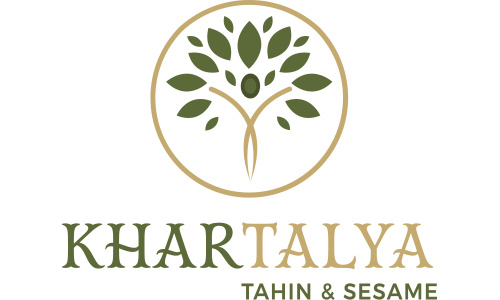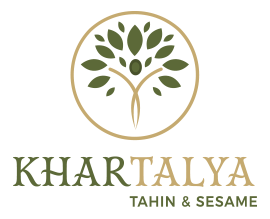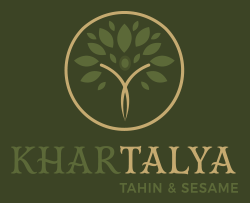About Sesame
Although it is a very old cultural plant, its origin center is not exactly known. Many authors showed Africa as the origin of sesame, based on two-thirds of sesame species are in Africa and sesame is economically dominant on this continent. They also stated that sesame originates from Africa, spreads to India, China and Japan through West Asia and these regions are secondary spreading centers. The gene center of sesame (Sesamum indicum L.), a cultivated plant, is reported to be the continent of Africa, especially Ethiopia and its surroundings, according to most researchers. In this subject, Turkey is a secondary gene center.
Botanical Properties of Sesame
Sesame is a one-year shrub-shaped plant and has a 3-4-month development period. Sesame is a taproot and has a dense fibrous root system. The plant can be sized up to 30-250 cm. There are two subspecies of sesame: ssp.bicarpellatum (2 carpels) and ssp.quadricarpellatum (4 carpels). The first subtype stems are 4, and the second is 6-8 angular.
Branches form from the axils on the main stem. Our country’s sesame seeds have a very rameous structure.
Its leaves are large and wide from the lower parts of the plant and take a narrow and long shape towards the ends.
In sesame seeds, 1-3 flowers come out of each axil. Flower colors are usually pink. Our country’s sesame seeds are generally included in the bicarpellatum subspecies.
Sesame fruits are in the form of a rectangular prism, branching at the bottom and top. Sesame fruits are called “capsules”.
Importance of sesame plant
Although sesame oil is a cooking oil, its consumption as a vegetable oil has been limited in our country because it is not economical to use. Sesame, which is a summer oil plant, is used in the production of tahini and tahini halva and in the production of bakery foods such as biscuits and bagels rather than being used in the edible oil industry. It is also used in the cosmetics industry and soap making. Its pulp is a high-quality animal feed and it is also used as a human food by adding it as an additive to bread made from corn flour. Sesame, which is included in the second crop agriculture as well as in main crop agriculture, owing to the shorter cultivation period, it makes sesame farming more attractive due to its ability to take part in the crop rotation with every cultivated plant.
Sesame is an oil plant with 50-60% oil and 25% protein in its seeds. Due to the short development period, it can alternate with any kind of cultivated plants. In recent years, its cultivation as a second crop has become widespread in the Aegean, Mediterranean and Southeastern Anatolia regions after cereals.
Instead of expanding the planting areas, increasing the efficiency in the existing potential area and including sesame production in the second crop agriculture will contribute to closing the vegetable oil gap and preventing imports and saving foreign currency.


 العربية
العربية  English
English  Deutsch
Deutsch  Türkçe
Türkçe  Русский
Русский 
